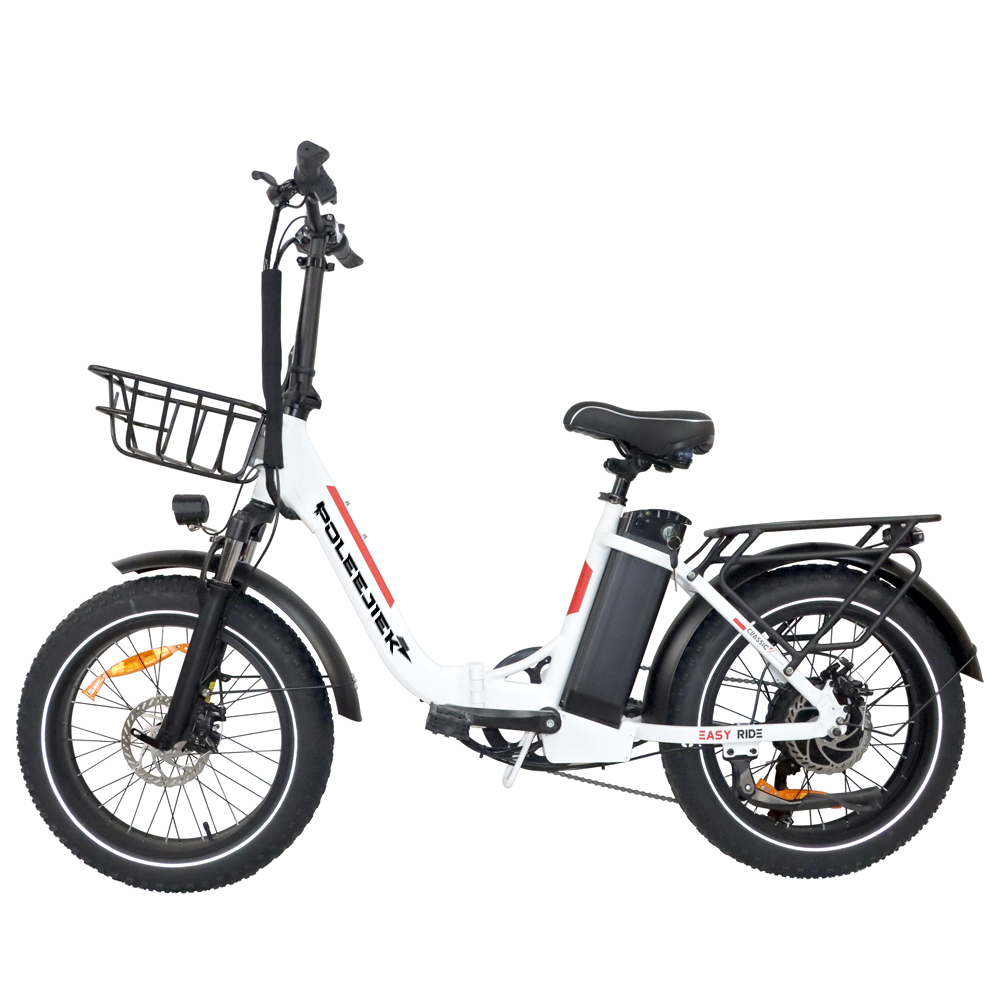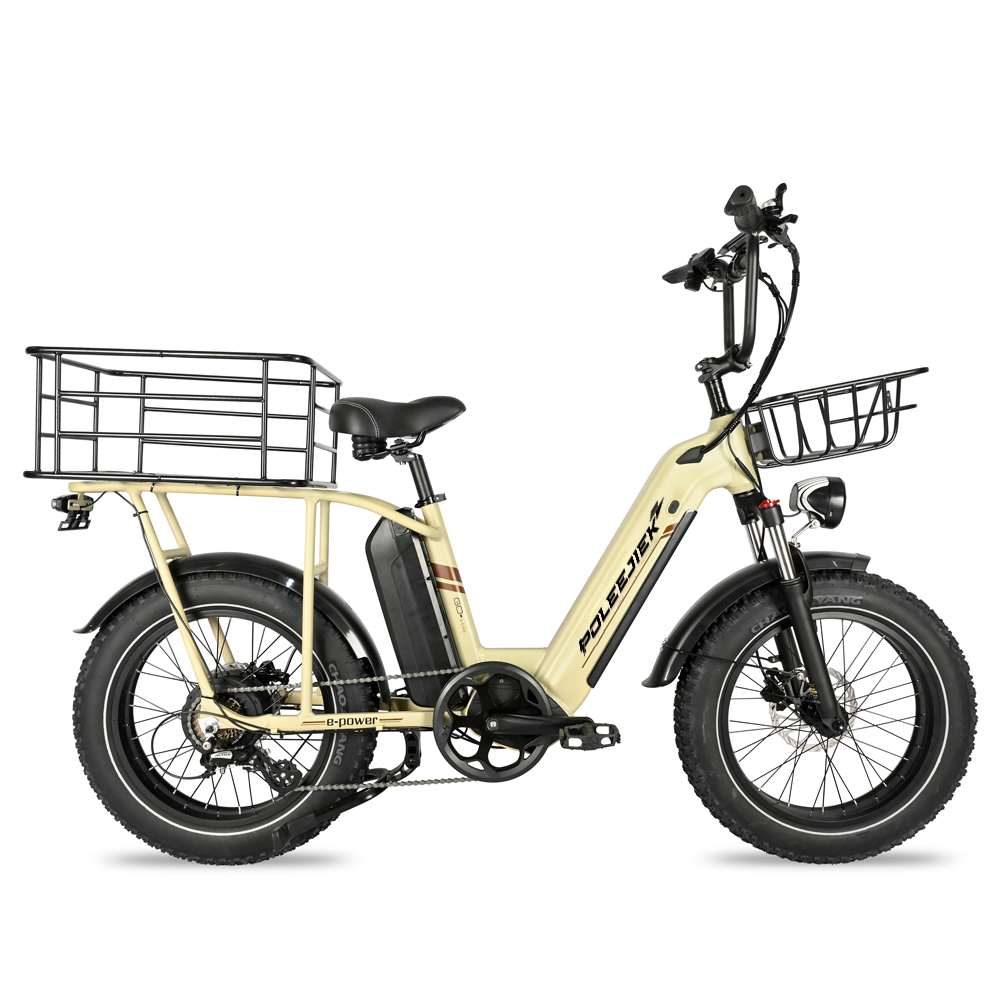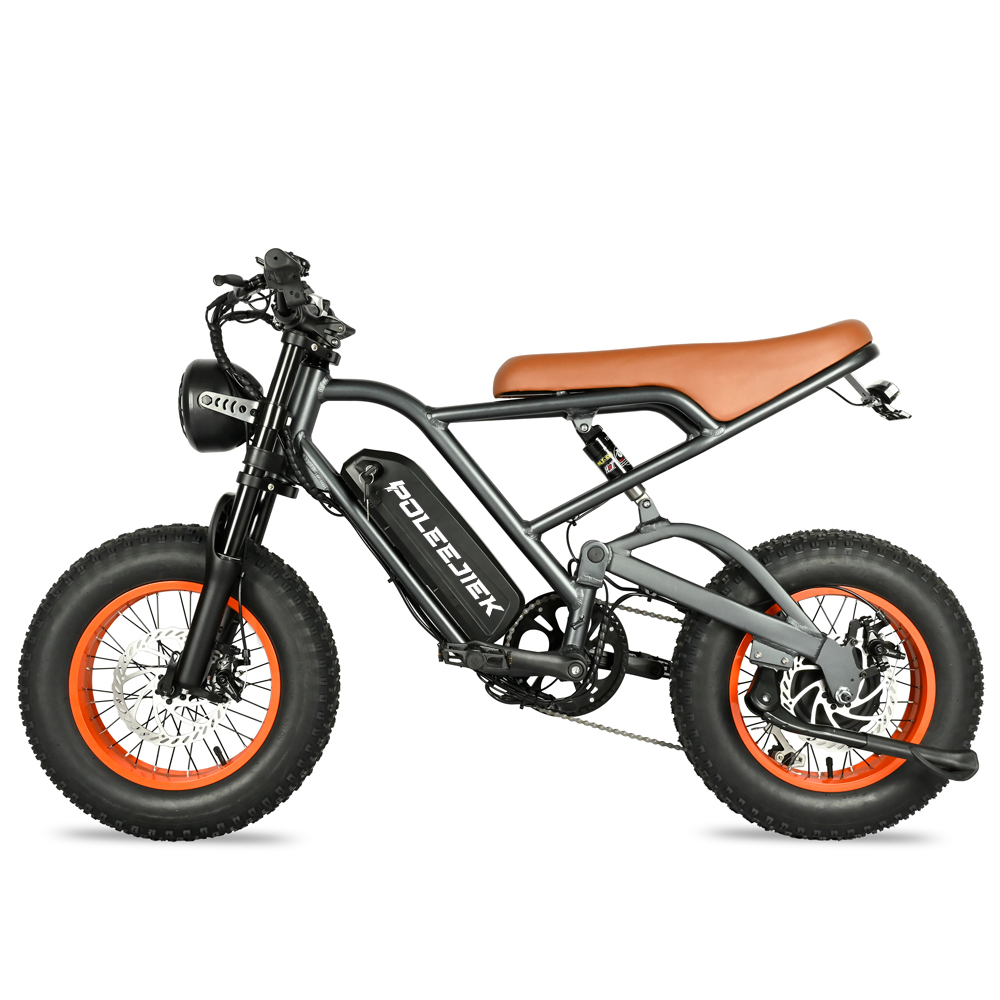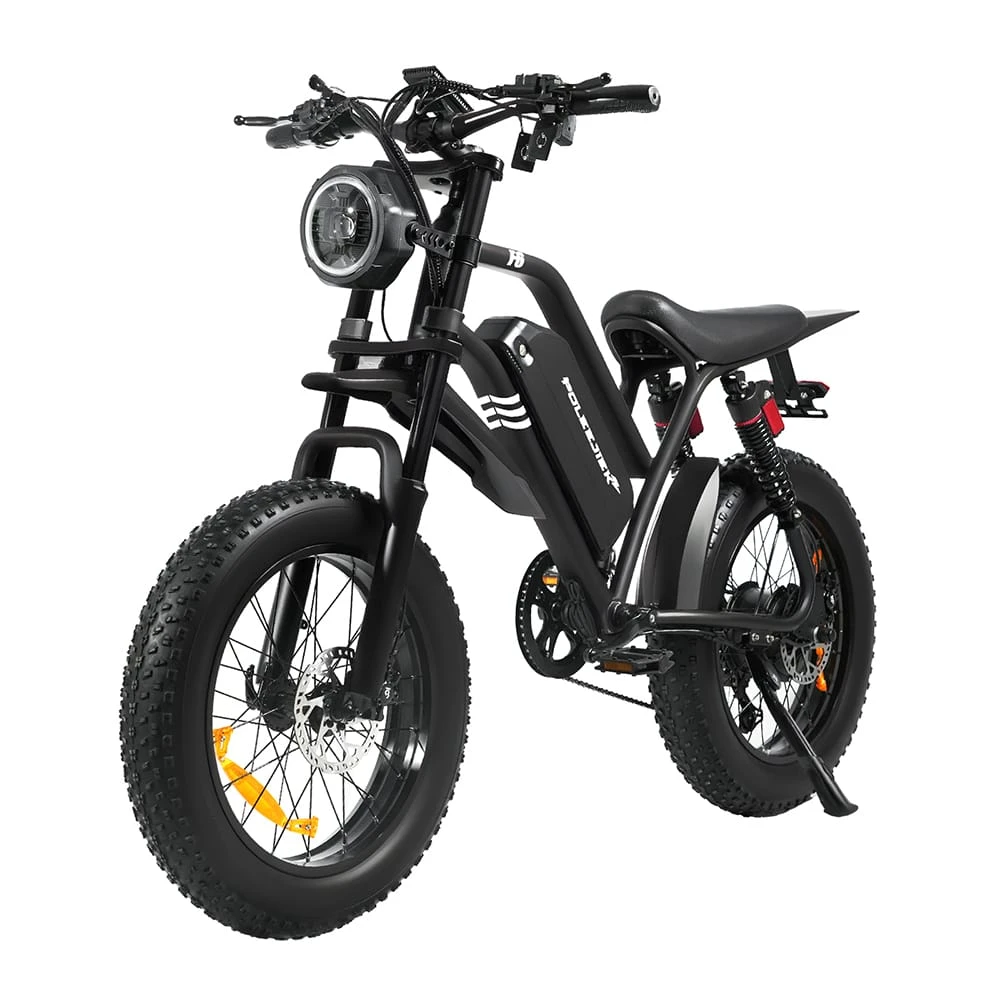E-Bike Tech for B2B: A Guide to Pedal Assist Sensors | POLEEJIEK
By the POLEEJIEK Engineering Team, specialists in developing e-bike systems compliant with rigorous EU (EN 15194) and North American standards.
Electric bikes are transforming how we navigate our cities and explore the outdoors. At the heart of this revolution is a technology known as pedal assist. It’s the secret behind the smooth, intuitive power that makes e-bikes so enjoyable to ride. As a manufacturer for partners across North America and Europe, we want to share our expert insights into how this system works, its benefits, and what to look for when choosing an e-bike for your business or personal use.
What Exactly Is Pedal Assist?
A pedal assist system (PAS) is an intelligent technology integrated into an e-bike that enhances your pedaling effort with motorized power. Instead of a throttle that provides power on demand, this system works in harmony with you. As you pedal, a sensor detects the motion and signals a central controller, which then instructs the motor to provide a boost. The experience feels like riding a traditional bicycle, but with a consistent, adjustable tailwind pushing you along. This technology is a core component of e-bikes that are legally classified as bicycles in many regions, including those adhering to the EN 15194 standard in Europe.
The Core Benefits of E-Bikes with Pedal Assist
1. A More Natural Riding Experience
Because the motor's assistance is directly tied to your pedaling, the ride feels fluid and intuitive. The bike amplifies your power rather than simply taking over, a characteristic highly valued by cyclists over throttle-based systems.
2. Increased Efficiency and Range
This technology requires active participation from the rider, leading to more efficient battery use. By synergizing human and motor power, cyclists can cover impressive distances. While range varies, many of our systems are optimized to achieve 50km to over 100km on a single charge under standardized test conditions (e.g., a 75kg rider on flat terrain using eco-mode).
3. Enhanced Fitness and Accessibility
The adjustable levels of assistance make cycling accessible to people of all fitness levels. It allows riders to tackle challenging terrains or longer distances they might otherwise avoid, providing a great form of low-impact exercise without the risk of overexertion.
4. A Sustainable Commuting Solution
E-bikes offer a powerful, eco-friendly alternative to cars for urban commuting. They help reduce traffic congestion and carbon emissions, a goal supported by advocacy groups like PeopleForBikes, which champion cycling as a sustainable transport solution.
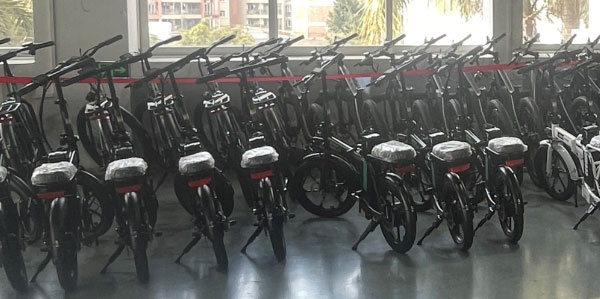
Caption: Pedal assist augments your natural pedaling based on sensor input, while a throttle provides power independently, much like a scooter.
How It Works: Cadence vs. Torque Sensors
The "brain" of the pedal assist system is its sensor. There are two main types, and the difference between them fundamentally changes the riding experience and is a critical factor for B2B buyers to understand.
| Feature | Cadence Sensor | Torque Sensor |
|---|---|---|
| Core Technology | A series of magnets on the crank passes a sensor on the frame, detecting rotation (on/off). | A precision strain gauge inside the bottom bracket or motor measures the actual force (torque) you apply to the pedals. |
| Riding Feel | Can feel like a sudden "kick" as the motor engages at a pre-set power level. Simple and straightforward. | Extremely smooth, intuitive, and responsive. Feels like a direct extension of your own strength. The gold standard for performance. |
| Battery Efficiency | Good. Provides consistent output but doesn't adapt to rider effort. | Excellent. Rewards rider effort with proportional assistance, optimizing battery use, especially in varied terrain. |
| Best For | Leisurely cruising, flat terrain, and budget-conscious models. Ideal for rental fleets where simplicity and durability are key. | Hilly terrain, mountain biking (e-MTB), and performance road riding. Essential for riders wanting precise control and a natural feel. |
The Unseen Component: The Controller
Both sensors send information to the e-bike's controller—the true "brain" of the system. This microcomputer interprets the sensor data (are you pedaling? how hard?) and uses sophisticated algorithms to deliver a smooth and predictable amount of power from the battery to the motor. The quality of these algorithms is what separates a jerky, unpredictable ride from a refined, premium experience.
A Guide for B2B Partners: Choosing the Right System
For our wholesale and OEM partners, selecting the right sensor technology is crucial for targeting specific markets and maximizing ROI.
- For Rental Fleets & Urban Mobility: The durability and lower cost of a cadence sensor system make it a smart investment. It’s easy for tourists to use (no learning curve) and its simpler mechanics mean greater reliability and lower maintenance costs, directly impacting your operational profitability.
- For Premium Retail & Performance Brands: A torque sensor is non-negotiable. It is the key feature that justifies a higher MSRP and attracts knowledgeable enthusiasts. For an e-MTB or high-performance commuter bike, the responsive control of a torque sensor is what customers demand and are willing to pay a premium for, supporting your brand's high-end positioning.
Partner Spotlight: Urban-Glide Mobility Solutions
"We switched to POLEEJIEK for our Chicago rental fleet last year, and the impact on our operations has been remarkable. Their cadence-sensor e-bikes are incredibly robust and require minimal maintenance, which has increased our fleet's uptime by over 15%. For a business where reliability is everything, POLEEJIEK has proven to be an outstanding and dependable partner."
- David Chen, Chief Operating Officer, Urban-Glide Mobility
POLEEJIEK's E-Bike Solutions
Our e-bike range is engineered to meet the diverse needs of our partners, incorporating the right technology for the right application.
- For Performance & Off-Road (Torque Sensor): Our BLJ-2620 Mid-Drive E-Bike is built for adventure. It features a powerful Bafang mid-drive motor with a sophisticated torque sensor, providing the instant, precise control needed to conquer rough trails. (System is fully EN 15194 certified).
- For Utility & Cargo (Cadence Sensor): The BLJ-2013 Cargo Electric Bike is designed for reliability under load. Its powerful hub motor is paired with a fine-tuned cadence sensor system, ensuring a consistent and strong level of assistance for effortlessly carrying heavy cargo. (Components selected for durability and commercial-grade use).
Explore our full range of e-bikes to find the ideal solution for your market.
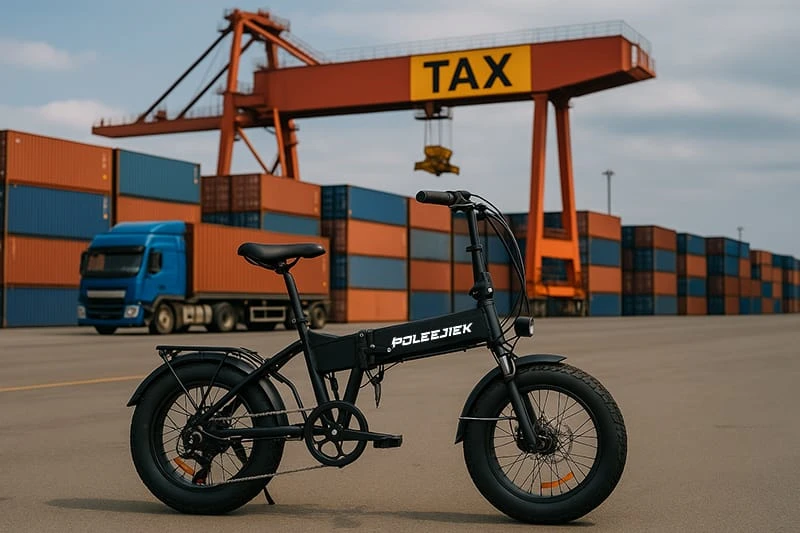
Caption: We provide comprehensive logistics and support for our B2B partners worldwide.
Frequently Asked Questions
- Q1: How does pedal assist actually work?
- A1: When you start pedaling, a sensor (cadence or torque) signals a controller. The controller instantly calculates the right amount of power based on your pedaling and selected assist level, then delivers that power from the battery to the motor for a smooth boost.
- Q2: Can I ride the e-bike if I turn the system off?
- A2: Yes. All our models can be ridden just like a conventional bicycle by simply turning off the motor assistance or setting it to level zero.
- Q3: What’s the main difference between pedal assist and a throttle?
- A3: Pedal assist provides power only when you are actively pedaling, integrating with your effort. A throttle provides power on demand with a lever or twist grip, requiring no pedaling.
- Q4: How long do e-bike batteries typically last?
- A4: With proper care, a high-quality lithium-ion e-bike battery is designed to last 500-1000 charge cycles while retaining up to 80% of its original capacity. For most riders, this translates to 3 to 5 years of reliable use.
- Q5: Are e-MTBs with pedal assist truly good for off-roading?
- A5: Absolutely. A quality e-MTB with a torque-sensing mid-drive motor is superior for off-roading. The intuitive power delivery helps maintain traction on loose surfaces and allows riders to conquer steep, technical climbs that would be nearly impossible on a non-assist bike.



